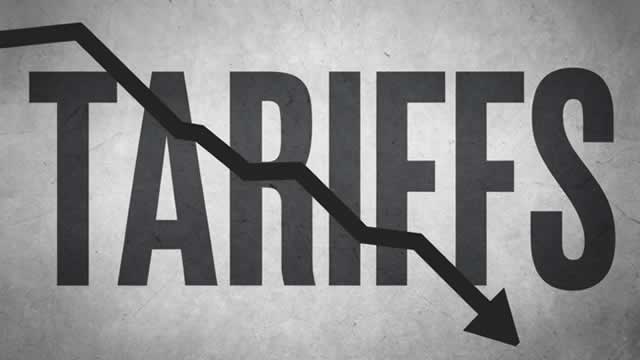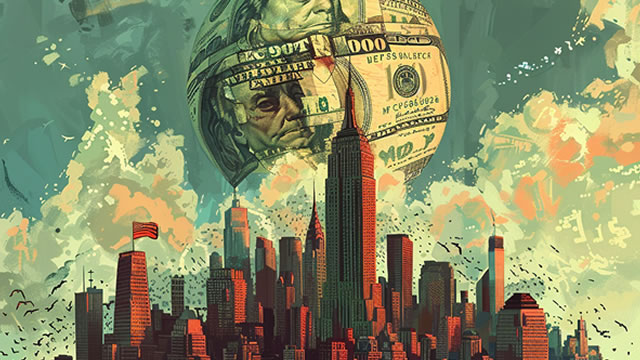Navigating the Stormy Seas of Global Markets: China, Inflation, and the Onshoring Revolution
Recent market turbulence has left investors reeling, as stocks took a nosedive following the release of the Consumer Price Index (CPI) data. The CPI came in lower than expected, causing a momentary relief for those fearing a surge in inflation. But is this just a blip on the radar, or is something bigger happening with China?
Stocks Crater Amidst Economic Uncertainty
The Dow Jones Industrial Average, S&P 500, and Nasdaq Composite all suffered significant losses, with the Dow dropping over 1,000 points in a single day. Fears of rising interest rates and inflation, along with ongoing trade tensions between the US and China, have left investors uncertain about the future of the global economy.
CPI Inflation Comes in Soft: A Temporary Reprieve
The CPI data for the month of March showed a decrease in inflation, with the index coming in at 2.4% year-over-year, down from the previous month’s 2.5%. This news was met with relief by investors, as it eased concerns about the Federal Reserve raising interest rates more aggressively. However, it’s essential to remember that this is only one data point, and the broader economic trends are still uncertain.
Is Something Bigger Happening with China?
The ongoing trade tensions between the US and China have been a significant source of uncertainty for the global markets. While the CPI data provided a brief reprieve, the broader economic picture remains cloudy. China’s economy has been slowing down, with recent data showing weak manufacturing and services sector activity. This could lead to a decrease in demand for US exports, further exacerbating the trade tensions.
The Case for Rapid Onshoring: The Real Goal in This Chaos
In the face of economic uncertainty, some companies are turning to onshoring as a way to mitigate risks. Onshoring refers to the process of bringing production back to the home country, rather than relying on offshore manufacturing. This trend is gaining momentum, as companies look to reduce their dependence on global supply chains and bring production closer to home.
- Onshoring can help reduce transportation costs and lead times.
- It can also improve product quality and reduce the risk of intellectual property theft.
- Additionally, onshoring can create jobs and boost economic growth in the home country.
As the global economic landscape continues to shift, onshoring is becoming an increasingly attractive option for companies looking to reduce risk and improve their bottom line.
How Will This Affect You?
As an individual investor, the recent market turbulence can be unsettling. However, it’s essential to remember that short-term market fluctuations are a normal part of the investment process. If you have a well-diversified portfolio and a long-term investment horizon, you may be able to weather the storm. Additionally, consider exploring the onshoring trend as an investment opportunity, as companies that successfully navigate this shift may see significant growth.
How Will This Affect the World?
The economic implications of the recent market turbulence and the ongoing trade tensions between the US and China are far-reaching. The trend towards onshoring could lead to a reshaping of global supply chains and a shift in economic power. It could also result in increased protectionism and trade tensions, potentially leading to a slowdown in global economic growth.
Conclusion
The recent market turbulence, coupled with ongoing economic uncertainty, has left investors on edge. While the CPI data provided a brief reprieve, the broader economic picture remains uncertain. As companies navigate this shifting landscape, the trend towards onshoring is gaining momentum. This trend could lead to significant opportunities for companies that successfully navigate the transition, as well as potential risks for those that rely heavily on global supply chains. As an individual investor, it’s essential to stay informed and maintain a well-diversified portfolio. The future is uncertain, but by staying informed and adaptable, we can navigate the stormy seas of global markets.





